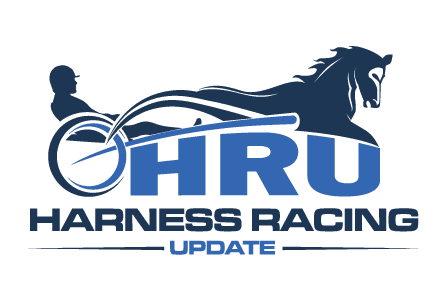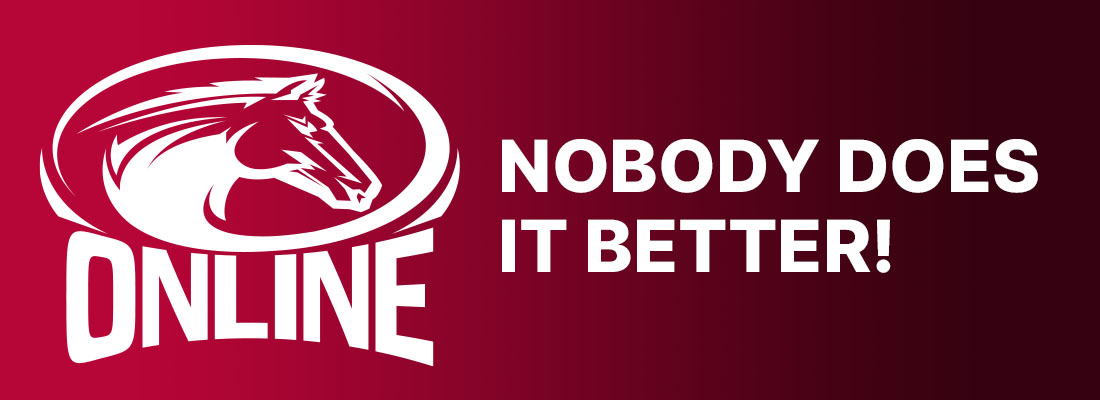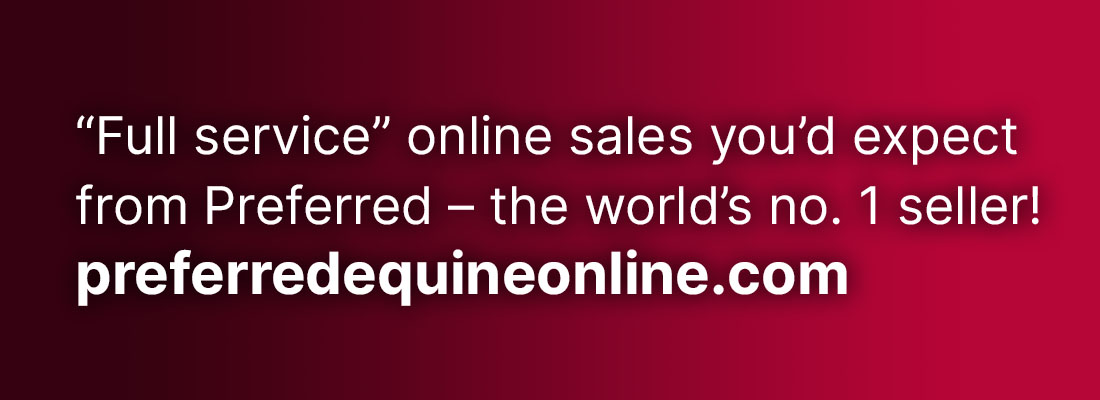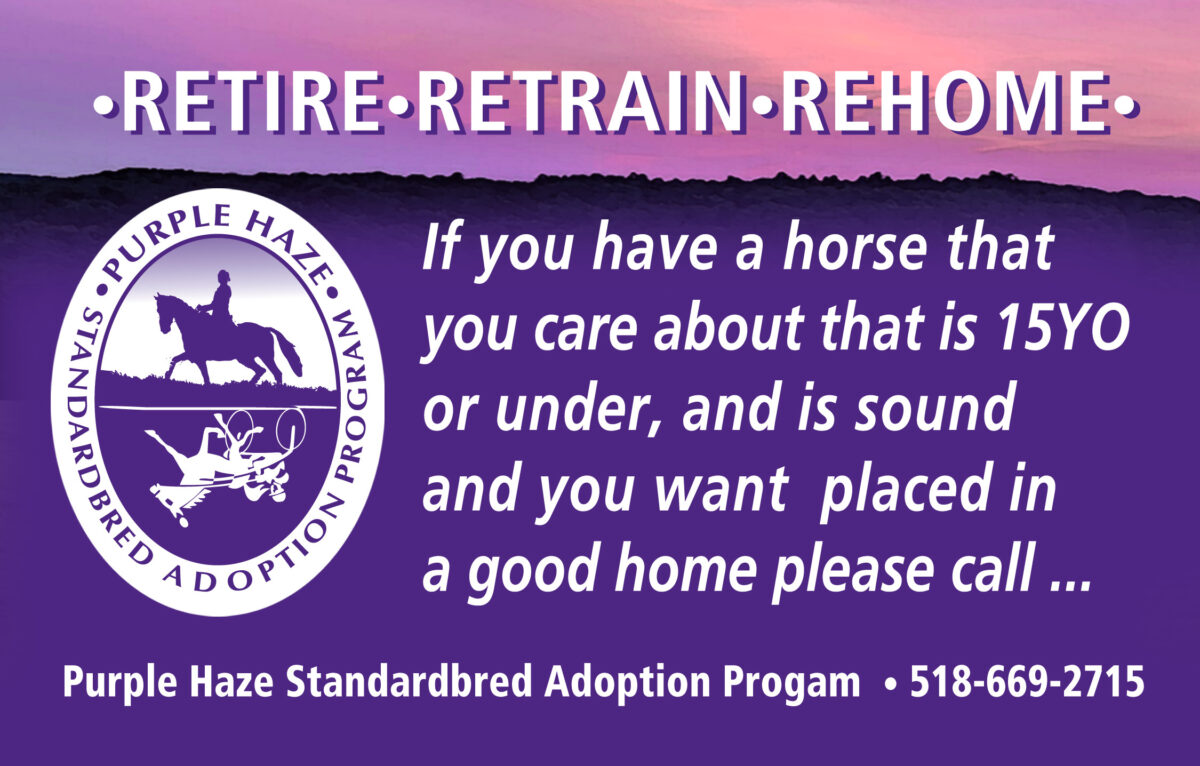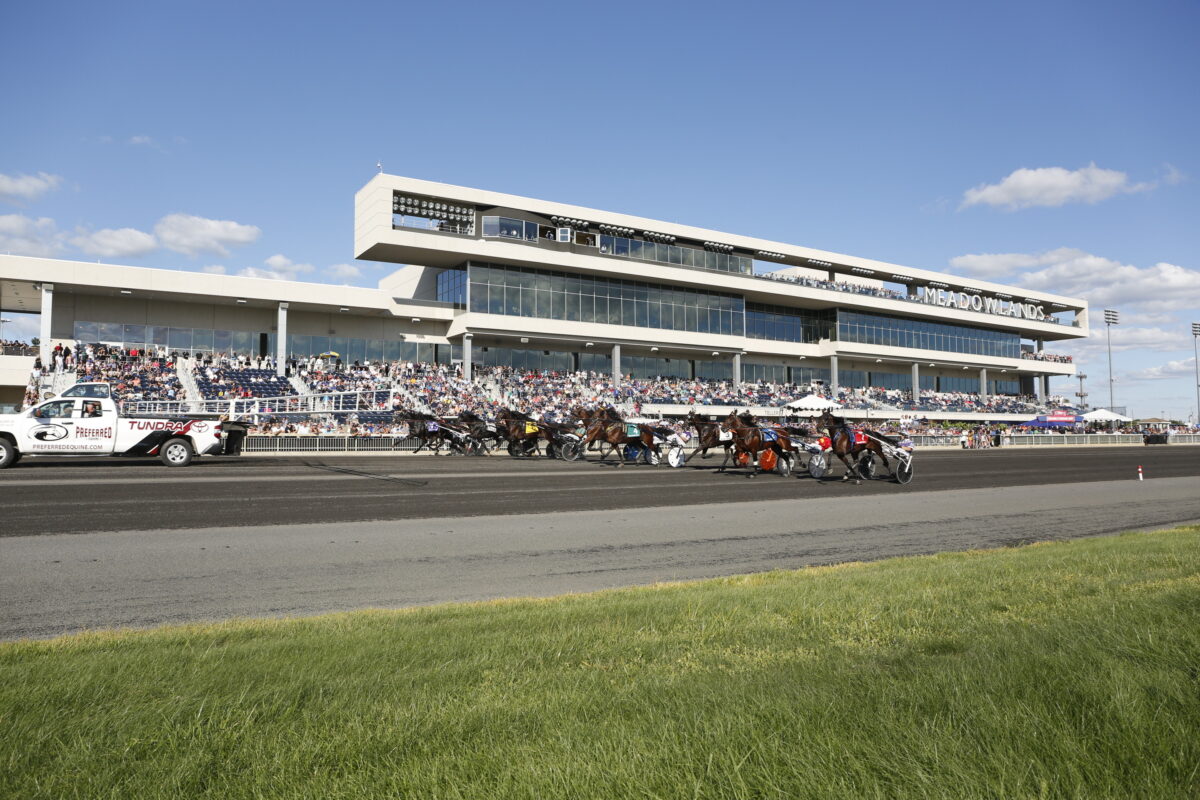Imagine: Every 10 minutes The Big M goes crazy
Thoughts on how speeding up the races could positively impact The Meadowlands’ bottom line.
by Dave Briggs
One quote stood out immediately to me from Jeff Gural’s recent conversation with Debbie Little about the challenges of declining revenue at The Meadowlands. It was this one:
“Someone told me recently, he said, ‘Jeff, think about it. Racing would be the equivalent of having a casino where the slot machines work for two minutes and then you shut them down for 22 minutes, and then they work for two minutes and then you shut them down.’ He said, ‘You know, people find other forms of gambling is just more action and less of a skill.’ So, if you’re playing slot machines, you can press the buttons three or four times in a minute.”
There’s a lot of truth to what Gural says, but, instead of dragging out the races, what if The Meadowlands sped them up, sent them off every 10 minutes and guaranteed the customers every card would last no longer than 2½ hours — half the time it takes to complete them today?
Not only would that increase how often there is action, it might also draw more people out to an evening that now is five hours long — more than 90 minutes longer than the length of Martin Scorsese’s The Irishman, a 3½ hour movie people balked at watching in one sitting in their own homes.
Shortening games has been wildly successful in Major League Baseball thanks to the adoption of the pitch clock. What if harness racing treated its paying customers and participants and staffers with the same respect?
I know, I know, The Meadowlands has tried decreasing post time drag and said it negatively impacted handle.
First, there is no evidence of a direct correlation between length of time between races and handle. It’s anecdotal at best with many other factors also at play in determining handle.
Second, The Meadowlands has never tried it long enough to really see if it could affect change, mostly because one track doing it — even the most important harness track in America — didn’t work. All tracks need to be onboard, which is tough when most don’t care about racing and have casinos to pay the bills.
Third, increasingly computer assisted wagering is in the mix. You’re telling me the computers need extra time to figure out a wager?
I have a deep respect for Gural and everyone at The Meadowlands. The track is essential to harness racing’s survival in North America. It is one of my favorite harness racing places. So, this is not pointed criticism, but, rather, a suggestion for how it might improve finances.
After all, in the same conversation with Little, Gural also bemoans — and not for the first time — spending $100 million on a beautiful grandstand that draws fewer and fewer people with each passing year.
Never forget, the track receives the greatest percentage of revenue from bets made on-track on the live product in front of them. So, it behooves every track to try everything it can to draw people to come out. But it’s critical at The Meadowlands, which Gural rightly points out is one of the few without a casino.
A beautiful, modern grandstand alone isn’t enough, as it turns out.
Yes, advancing customer age, the convenience of in-home options, the growing expense of an evening out and the increased busyness of life are all factors keeping more people away from the track. But, so too, is the length of the cards and the cavernous amounts of time between races. It’s a huge turnoff that screams at customers in the massive and utterly deceiving letters MTP that they come second to the almighty buck.
Not only do we have the audacity to outright lie to our customers, but we also don’t respect their time. That’s not exactly Sales 101.
Long ago, it was the promotional rage for all of us in the industry to spend some time taking friends and family not familiar with racing out for an evening at the track. Exposing the unfamiliar to this wonderful game is a noble goal, of course, but how can one even consider doing that today when a card lasts longer than an MLB double-header? Certainly not if one wants to keep their friends or maintain good relationships with family.
Listen, I realize harness racing as a gambling product is antiquated. I understand younger people don’t get the pari-mutuel system — or don’t want to take the time to get it. I understand online sports betting and online casinos are packed with virtually unlimited action.
But the regular person doesn’t crave non-stop action, they’re looking for a valuable investment of their time at a reasonable expense. We all know betting on horses doesn’t have to be expensive. There is an extremely low cost to entry.
The pandemic and the growing scourge of social media are also driving people to seek human connections and unique experiences. Market racing as such. After all, we have something those other sports and casino games don’t have — horses.
So, do everything one can to get people close to the horses and make it worth a trip to the track. Give them jog cart rides between races. Let a few a night sit in the starting car. Rebuild the front paddock from the old Meadowlands grandstand and allow people to see every horse before every race up close. Have a retired racehorse in a pen by the door greeting fans. Give paddock tours. Have contests to make people fractional owners of one horse for one night. Have the cheapest beer prices in town (still profitable, but cheaper than elsewhere). Don’t stop trying to offer experiences people can’t get at home. Fill the minutes between races like they do the stoppage of play at NBA games. Work toward establishing more harness racing prop bets to fill the time between races. Make it a blast to come to the track.
In short, treat your customers like they are the most important part of your operation and then maybe some more will come.
I understand there is an expense involved in all of that, but what does The Meadowlands have to lose as it waits to, hopefully, get a casino?
A shorter night would also surely be appreciated by your participant partners putting on the show. These people are all too often up before the sun and still up beyond the witching hour. They rarely get even a single day off. That isn’t healthy or sustainable. It certainly isn’t attractive to younger people you hope to develop into future participants.
Instead, promise customers a race every 10 minutes, a card that lasts no longer than 2½ hours and many other great reasons to come out to see it in person. But only if the track is going to stick with that program long enough to gauge true results: at least an entire season.
Commit to it. Brand it. Live it.
Yes, it’s a big change, but the customers will adjust with proper notice. Suggesting they can’t — especially at the track most popular with bettors by a wide margin — is an insult.
If it works at The Meadowlands to drive handle and revenue, other tracks likely will follow suit. It is a leader in our sport.
Long ago, Northfield Park had a popular slogan: Every 19 minutes the place goes crazy. They obviously had to abandon that one when 19 minutes between races became a dream of distant times.
But imagine if The Meadowlands stole that slogan and changed it to: Every 10 minutes The Big M goes crazy.
